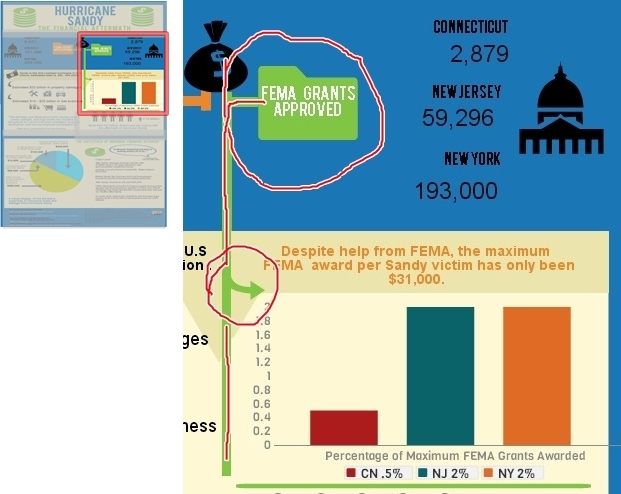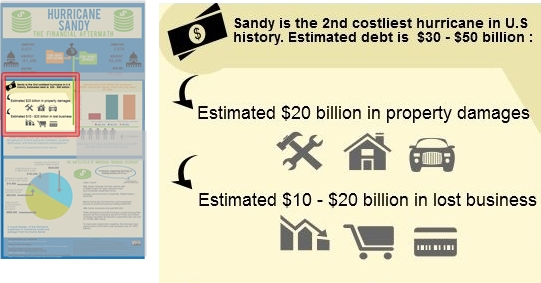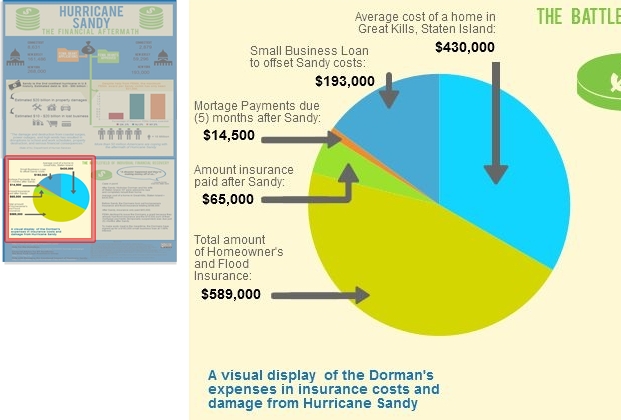As I wrote in my prior reflection about the creation of Topaz Galaxies, generative poetry is a completely different form of composition and experience than that of traditional, print-based literature—even nonlinear, print-based literature at that. Ergodic literature is distinctive in both its composition process and the reading, or interaction with it. Espen Aarseth, author of Cybertext: Perspectives on Ergodic Literature defines ‘cybertext’ as, “the wide range of (or perspective) of possible textualities seen as a typology of machines, as various kinds of literary communication systems where the functional differences among the mechanical parts play a defining role in determining the aesthetic process” (p. 13).
This said, when approaching eLit, or cybertext, or ergodic literature, we must first recognize our expectations and biases that are subconsciously carried over from prior experience with print-based literature. For example, one expectation could be that the narrative must “make sense” in terms of its use, placement, or arrangement of channels of language (i.e., words, phrases, numbers, punctuation, etc.) Typically, we approach a piece of writing thinking we are supposed to ‘get something out of it’, and the ‘thing’ we are supposed to get out of it has been (mostly) pre-determined and pre-designed for us. (Just think of novels, newspaper articles and poetry. Most, on some level, operate within the framework of information transmission; and in line with this structural dynamic, the human act of ‘reading’ is simply the exchange we make to get the message that the text contains.
Now, the metaphor for ergodic literature is more like what occurs in a dream-state: we are constructing meaning as we interact within the dream and simultaneously we are also constructing the dream itself. Using generative poetry for example, the meaning is created by the complex process of interacting with the text on multiple levels. Aarseth writes, “There is a short circuit between the signifier and the signified, a suspension of difference that projects an objective level beyond the text, a primary metaphysical structure that generates both textual sign and our understanding of it, rather than the other way around” (p. 3). Looking closer at the transmission/translation process, which occurs inside the mind of the user and stems from the combination of physical, sensory experience and the technical nature of the medium: “During the cybertextual process, the user will have effectuated a semiotic sequence, and this selective movement is a work of physical construction that the various concepts of “reading” do not account for. This phenomenon I call ergodic using a term appropriated from physics that derives from the Greek words ergon and hodos, meaning “work” and “path” (p. 2-3). And, it is from this perspective that Aarseth introduces the concept of “nontrivial effort” (p. 2) on the part of the reader, which is decidedly different than what a person engages in when they read a book or a magazine—and, I would argue, even literature that is consumed in a digital space but constructed in a structure lent from a static, print-based ideas.
Now, examining the production and consumption of texts, and thus of literature, within the context of digital spaces, we must ask the question: can ergodic compositions and other forms of cybertext truly be considered literature?
If we examine the outworkings of culture, we see the creation and evolution of phenomena like the genre, for example. Just as art imitates life, genres are birthed as offspring of a particular era, and they reflect the experience and values of the people. My point being: we can’t simply dismiss forms of expression because they don’t neatly fit within the construct of canonized works. When we relegate forms of composition to a place illegitimacy, it is often because we have approached them with misplaced expectations that (usually unintentionally) carry over from previous interactions, whose mental paradigms are rooted in constructs that are alien to the work at hand. But alas, culture evolves. And so do ways of communicating and interacting.
Franco Moretti, in his book Graphs, Maps, Trees, (2005) discusses abstract models for literary history; he argues, (quoting Mentre), “The aesthetic sphere [and thus, I would argue, the arts] is perhaps the most appropriate to reflect overall changes of mental climate” (p. 21). Further, regarding cultural evolution, Moretti argues that a ”generation style” depends entirely on “the trigger action of the social and cultural process” (p. 21). Nelson, in Computer lib/Dream machines argues that the computer is a “projective system” and writes, “The things people try to do with movies, TV, and the more glamorous uses of the computer, whereby it makes pictures on the screens—are strange foldovers of the rest of the mind and heart. That’s the peculiar origami of the self” (p. 305). In our emergent culture, we can conclude that technology, and thus electronic literature (eLit), are manifestations of society. Therefore, when we examine digital works, it should be with the intent of discovering changes in our social topographic landscape. As Aarseth argues, “If these texts redefine literature by expanding our notion of it . . . then they must also redefine what is literary, and therefore they cannot be measured by an old, unmodified aesthetics” (p. 13).
In sum, these new kinds of literature are already literature simply because they are external manifestations of a present cultural current; and that current is active and alive, evolving and growing—whether we want to acknowledge it as being legitimate or not in the canonized sense. If we can appreciate electronic literature by placing ourselves within its ecology, we can then perhaps begin to awaken our faculties to expressions that were already present within us, but were never given voice to because the external apparatus (conduit) wasn’t yet realized. But now, we have a whole new playing field.
Sources
Aarseth, E. (1997). Introduction: Ergodic literature. In Cybertext: Perspectives on Ergodic Literature. Baltimore, MD: Johns Hopkins University Press. Retrieved from http://cv.uoc.edu/~04_999_01_u07/aarseth1.html. [pdf]
Moretti, F. (2007). Graphs, Maps, Trees. London, New York: Verso.
Nelson (1974, 1981). Computer lib / Dream machines. In N. Wardrip-Fruin (Ed), The new media reader (pp. 303 – 338). Cambridge, MA: The MIT Press. [pdf]








